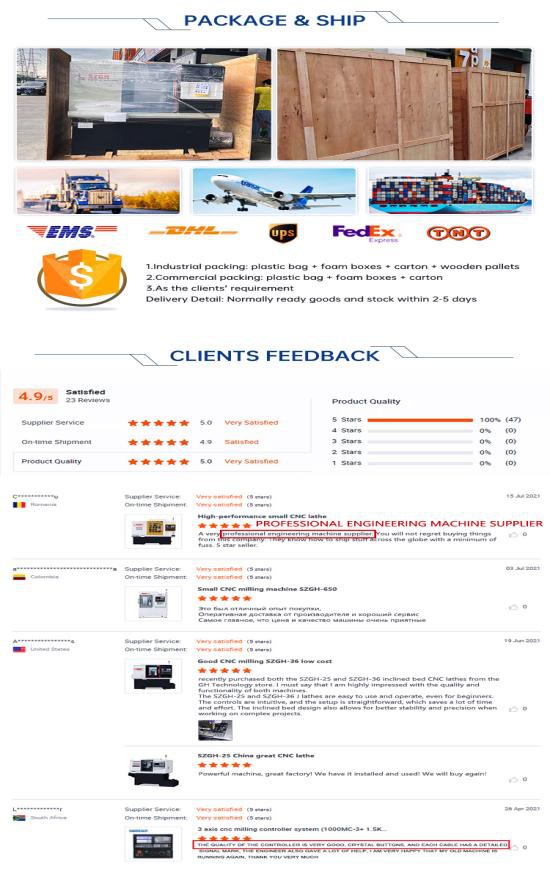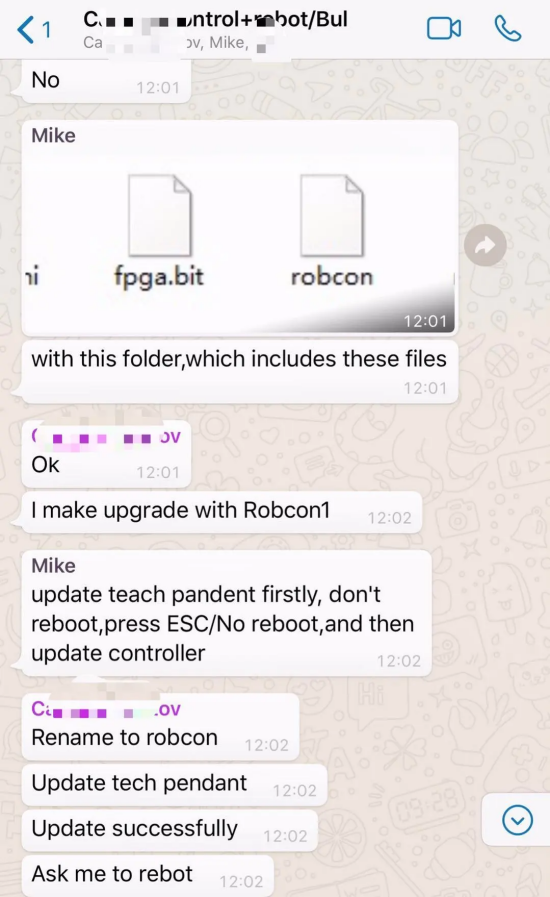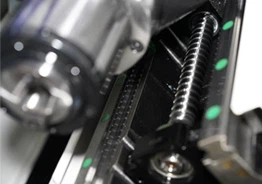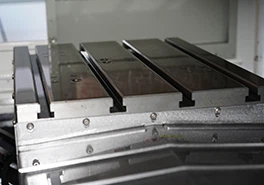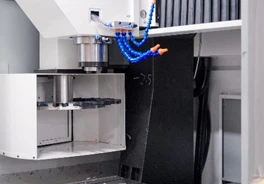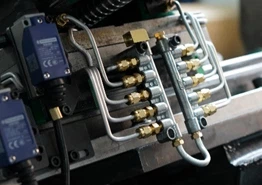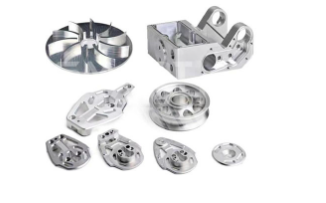Product Description
3 Axis Turret Milling Machine For Sale-SZGH-540 3 Axis Milling Machine( The CNC Controller Model is SZGH-CNC1000MDb-3)
1. Automatic Tool Change (ATC):
- This is a very common and important feature in milling machines. It allows the machine to automatically switch between different tools to suit different machining requirements and workpiece profiles. Automatic tool change systems increase productivity and reduce manual intervention.
2. NC Programming:
- Milling machines usually use NC programming to control and guide the movement of the machine. NC programming uses specialized programming languages such as G-code to describe parameters such as tool motion path, machining depth, feed rate, etc. This type of programming requires a certain level of expertise and skills on the part of the operator.
3. High-Speed Machining:
- High-speed machining is an advanced milling technology that uses high-speed rotating tools and precise control systems to machine workpieces quickly and precisely. High-speed machining can improve production efficiency, reduce processing time, and obtain higher surface quality.
4. Tool Path Optimization:
- In milling machine machining, the selection and optimization of toolpaths is crucial for machining quality and efficiency. Toolpath optimization algorithms can help determine the optimal cutting path to minimize machining time, reduce cutting forces and cutting vibrations, and maintain good surface quality.
5. Automatic Measurement and Compensation:
- This function allows the milling machine to automatically measure the dimensions of the workpiece during machining and compensate in real-time based on the measurement results. This helps to maintain the accuracy and consistency of the workpiece and reduces errors caused by tool wear or thermal deformation of the machine.
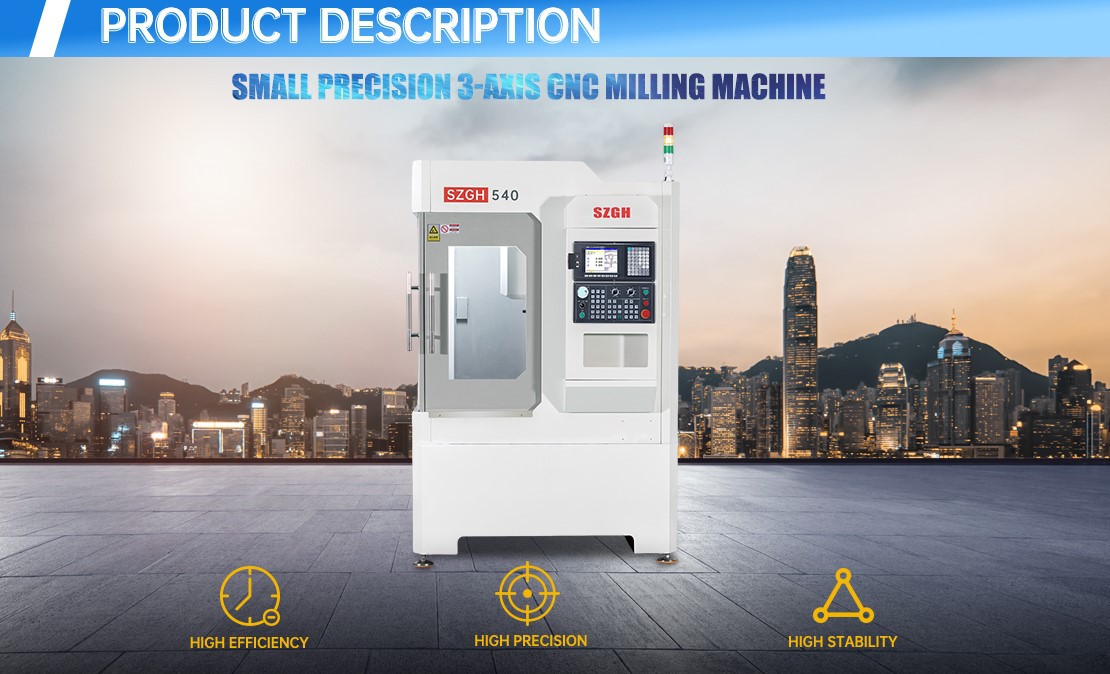

SZGH-CNC1000MDb-3 (It can support one of the four panels A, B, C, and E to choose)
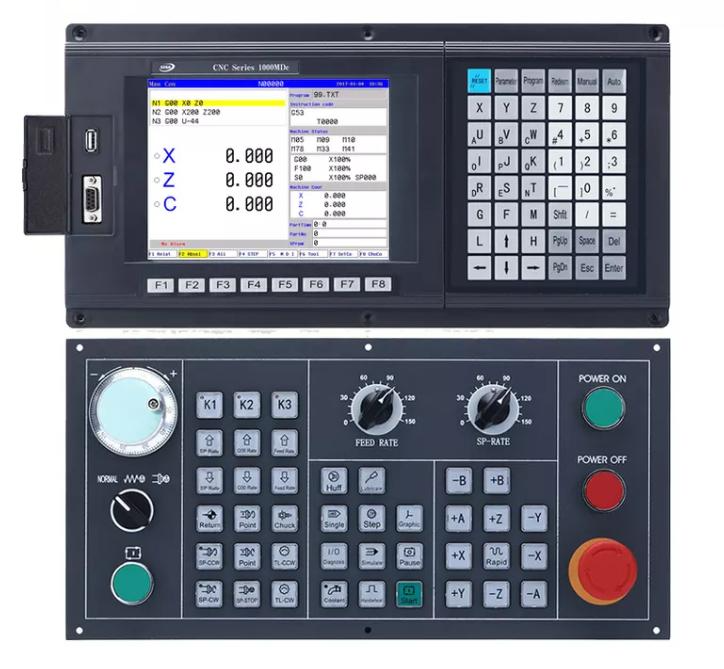 |
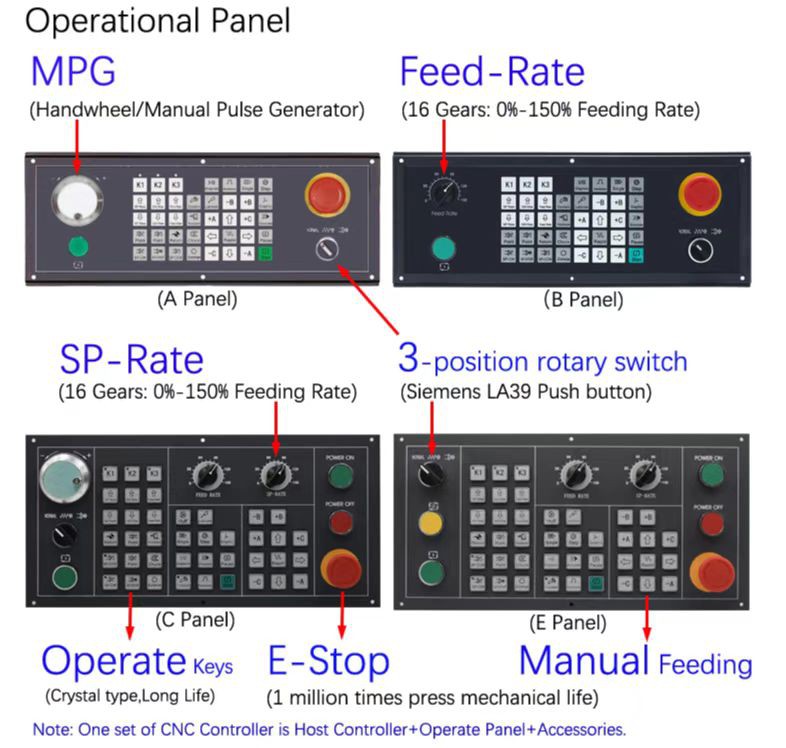 |
- Versatile products: Our 3-axis milling machine controllers are suitable for making a wide range of small products. From precision parts to model samples, from engraving artwork to prototyping, you name it, our controllers have you covered
- Easy operation: Even if you have no contact with our 3-axis milling machine controller, you don't have to worry about operation. Our controllers offer an intuitive and user-friendly interface with easy-to-follow instructions to help you get started quickly. We also provide a professional technical support team to answer your questions at any time.
- Precision and reliability: Our controllers use advanced technology to ensure high accuracy and stability. Whether you're making meticulous engravings or precision cuttings, our controllers will ensure that every operation is accurate and for you
- Customization options: Our 3-axis milling machine controllers offer a variety of customization options to meet your specific needs. From machining parameters to toolpaths, we can individually configure your milling process to make your milling process more efficient and flexible.
Machine Features
|
|
|
|
| The high-rigidity cast base and gantry provide confidence of perfect stability and high precision when operating. | 2.6 kW, 5000 RPM spindle motor with BT30 shank, equipped with a 6-station linear pneumatic tool changer, which can change tools more efficiently. | The drive structure uses high-precision screw guides and a fully enclosed protective cover for three axes prevents cutting fluid and iron chips from entering the screw guides during machining, reducing the workload of maintenance. |
|
|
|
|
|
| Size 500* 400mm T-slot table for handling the workpiece up to 200kg. | Carousel type tools changer, tooling number up to 8 pcs, automatic exchange. | Equips with auto lubrication system to ensure transmission system smooth and long-term running. | SZGH CNC system co-works with quality electrical parts to provide a rapid-operation and durable use. |
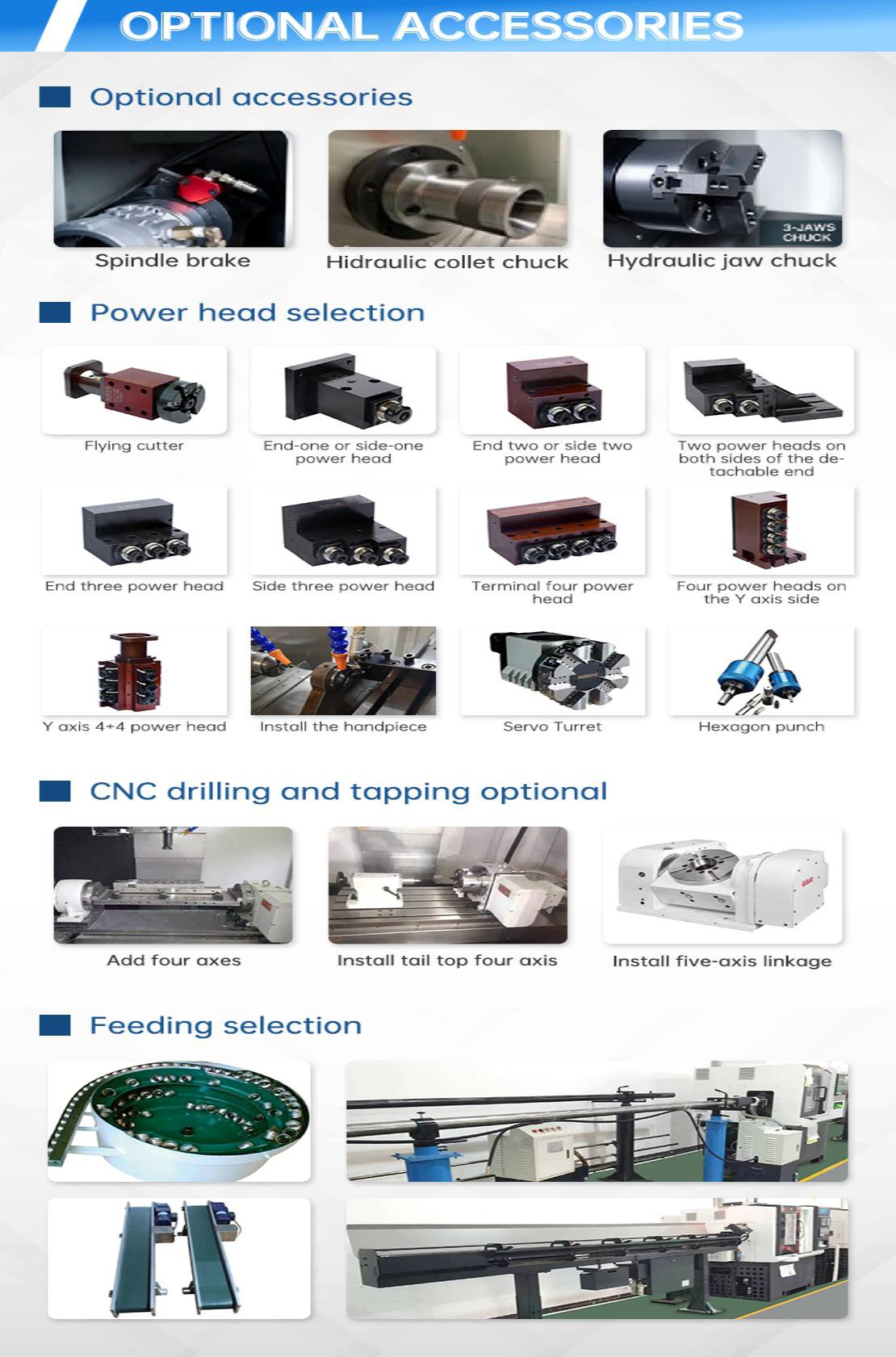
Applications
1. Parts processing:
This vertical milling machine is suitable for processing all kinds of parts, including small mechanical parts, automotive parts, electronic components, etc. It has high-precision machining capabilities, which can realize the precise machining of complex parts and the machining of fine contours.
2. Mold making:
This milling machine has a wide range of applications in the field of mold making. It can be used to manufacture plastic molds, metal molds, injection molds, etc. The vertical structure design makes the machining process more stable, while the advanced controller provides high-precision motion control to help manufacture delicate molds.
3. Retail and low-volume production:
This small milling machine is suitable for use in retail and low-volume production environments. Its compact design and flexibility allow it to adapt to different sizes and frequently changing production needs. With the advanced controller, machining programs can be set up and switched quickly to increase productivity.
4. Education and training:
This machine is also suitable for education and training. It's small design and user-friendly control interface make it ideal for schools, training institutions, or industrial training centers. Students and operators can learn and familiarize themselves with CNC machining technology, and carry out practical machining experiments and projects.
|
|
|
Company Profile
- 11 years of experience as a supplier in the industry
- Specialized in CNC systems and industrial robots
- Extensive export experience and expertise in providing customized solutions

Delivery And After-Sales Service
